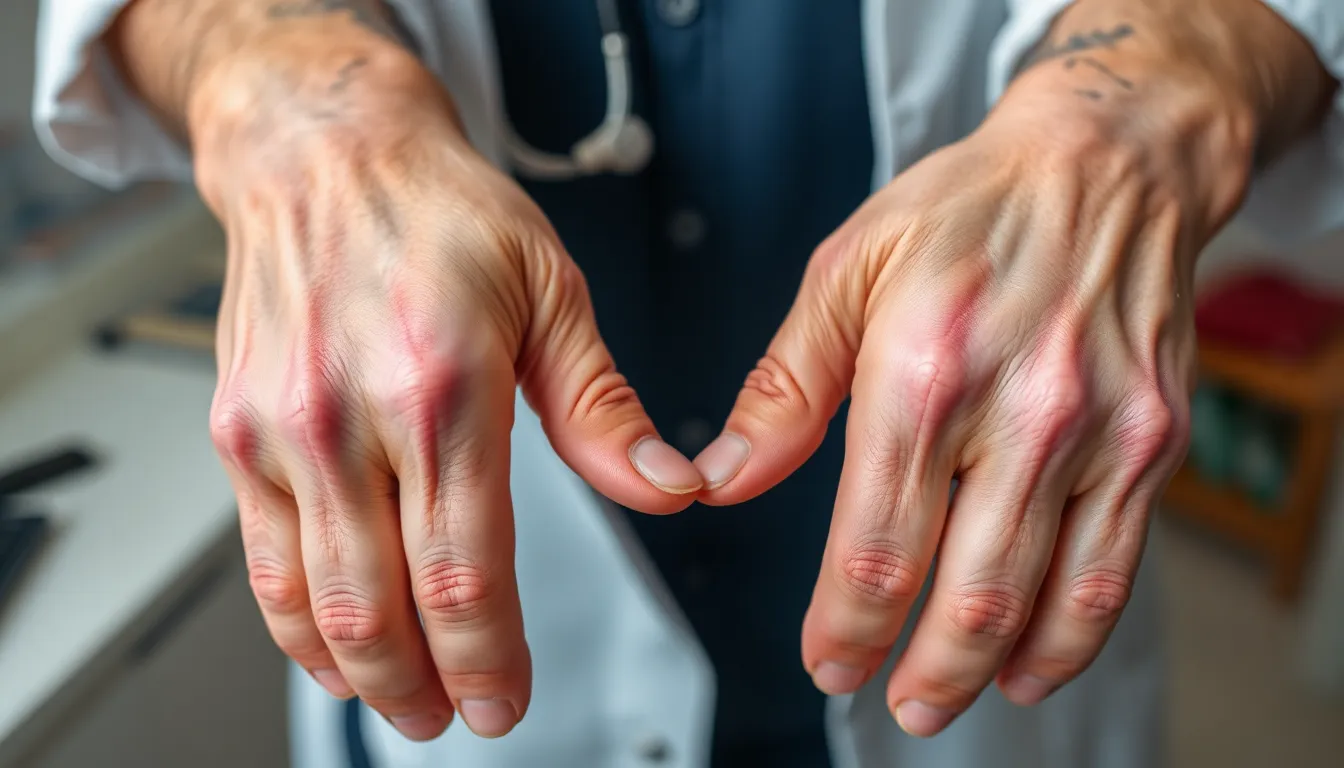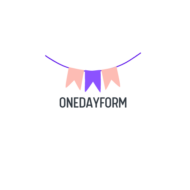Loguytren problems can present significant challenges for individuals and communities alike. These issues often stem from a complex interplay of social, economic, and environmental factors, making them difficult to address effectively. As society evolves, the need to understand and tackle these problems becomes increasingly urgent. In recent years, awareness around Loguytren problems has grown, sparking discussions about potential solutions and strategies for improvement. By exploring the root causes and implications of these challenges, it’s possible to foster a deeper understanding and pave the way for meaningful change. This article delves into the various aspects of Loguytren problems, highlighting their impact and the steps needed to create a more sustainable future.
Understanding Loguytren Problems
Loguytren problems arise from a combination of social, economic, and environmental factors. These multifaceted issues often manifest as inequalities within communities, affecting access to resources and opportunities. Social dynamics, such as marginalization and discrimination, contribute to the persistence of these problems. Economic challenges play a significant role, as limited access to education and employment traps individuals in poverty. Employment rates in affected areas can drop as much as 25%, indicating a critical need for targeted interventions. Local economies suffer, impacting overall community stability. Environmental factors also exacerbate Loguytren problems. Pollution, climate change, and natural resource depletion threaten sustainable livelihoods. For instance, areas experiencing severe environmental degradation often see higher rates of displacement and health issues. Addressing Loguytren problems necessitates comprehensive solutions that integrate social justice, economic development, and environmental stewardship. Collaborative efforts among governments, NGOs, and communities can foster resilience and promote equitable access to essential services. Understanding these interconnected issues is crucial for developing effective strategies that lead to lasting change.Causes of Loguytren Problems

Genetic Factors
Genetic factors play a significant role in the onset of Loguytren problems. Genetic predisposition influences the development of conditions linked to these issues. Research shows that individuals with a family history of connective tissue disorders might be more susceptible. Specific gene mutations are associated with increased risk, impacting collagen formation and joint integrity. Recognizing these genetic links aids in identifying at-risk populations and developing targeted interventions.Environmental Factors
Environmental factors contribute notably to the prevalence of Loguytren problems. Exposure to certain environmental agents, such as toxins and pollutants, can exacerbate symptoms or trigger the onset of complications. Work-related activities in specific occupations, particularly those involving repetitive motions, lead to strain on certain body parts. Additionally, geographical areas with limited access to clean air and safe drinking water pose heightened risks. Assessing these environmental conditions informs preventive strategies and emphasizes the need for better regulatory measures to improve overall health outcomes.Symptoms of Loguytren Problems
Loguytren problems present various symptoms that affect both physical and psychological well-being. Recognizing these signs is crucial for timely intervention and effective management.Physical Manifestations
-
- Joint Pain: Joint pain occurs frequently, often exacerbated by movement and physical activity.
-
- Swelling: Swelling in affected areas, particularly in joints and surrounding tissues, indicates inflammation.
-
- Stiffness: Stiffness arises, especially after periods of inactivity, limiting mobility.
-
- Deformity: Deformities may develop in joints over time, leading to noticeable changes in appearance.
-
- Numbness: Numbness or tingling sensations can affect extremities, impacting daily activities.
-
- Reduced Range of Motion: A reduced range of motion in affected joints restricts movement and functionality.
Psychological Effects
-
- Anxiety: Anxiety levels often increase due to chronic pain and unpredictability of symptoms.
-
- Depression: Depression frequently develops as individuals cope with physical limitations and lifestyle changes.
-
- Stress: Stress levels may rise from managing ongoing healthcare needs and potential social isolation.
-
- Low Self-Esteem: Low self-esteem arises from difficulty performing everyday tasks and experiencing physical changes.
-
- Frustration: Frustration builds as individuals confront the impact of symptoms on personal and professional life.
Treatment Options for Loguytren Problems
Effective treatment options for Loguytren problems involve a combination of non-surgical and surgical approaches, tailored to each individual’s needs.Non-Surgical Approaches
Non-surgical options focus on symptom relief and function improvement. Listed below are the common strategies:-
- Physical therapy: Physical therapy programs aim to enhance mobility and strength through tailored exercises.
-
- Occupational therapy: Occupational therapy helps individuals manage daily activities and modify tasks to reduce strain on affected joints.
-
- Medications: Non-steroidal anti-inflammatory drugs (NSAIDs) alleviate pain and reduce inflammation.
-
- Orthotic devices: Splints or braces assist in stabilizing joints and preventing further injury.
-
- Corticosteroid injections: Injections provide temporary pain relief and reduce inflammation in affected areas.
-
- Lifestyle modifications: Changes in activity levels, work ergonomics, and general health habits can positively impact symptoms.
Surgical Solutions
Surgical options become necessary when non-surgical approaches fail to provide relief. Key surgical interventions include:-
- Tendon release surgery: This procedure alleviates tension by cutting the tendons connected to the affected joints.
-
- Joint replacement surgery: In severe cases, replacing damaged joints with artificial ones restores functionality and reduces pain.
-
- Arthroscopy: Minimally invasive surgery utilizes small incisions to repair or clean out joint damage.
-
- Fusion surgery: This stabilizes joints by permanently joining two bones together, reducing pain and improving function.

